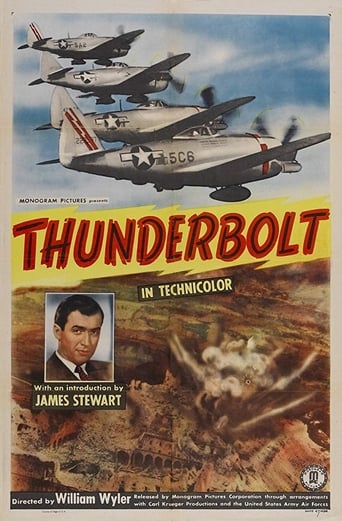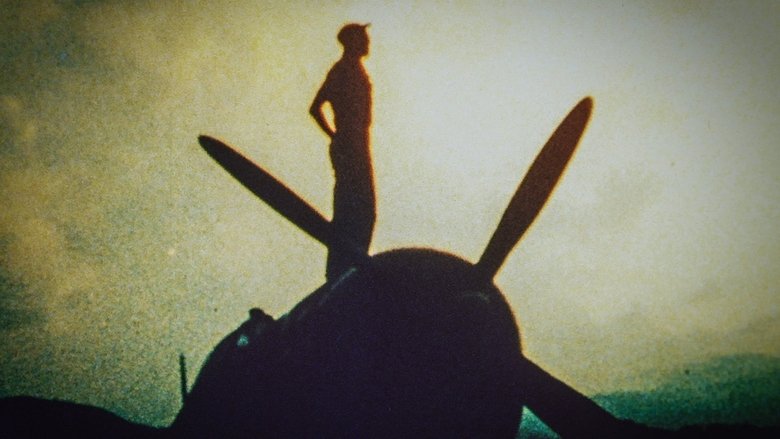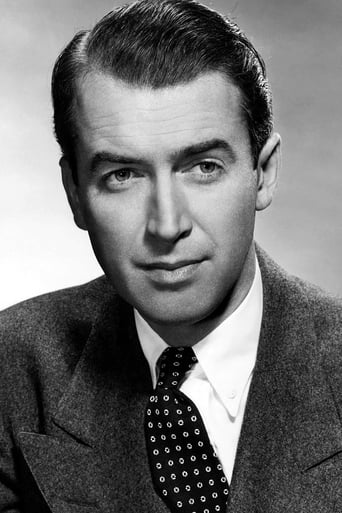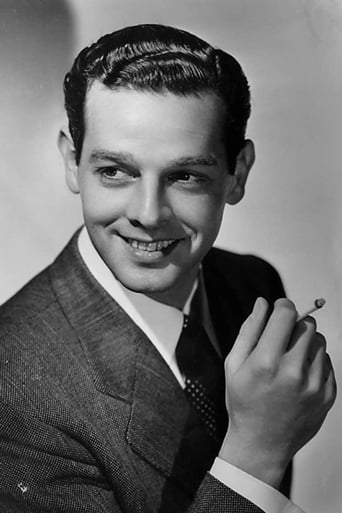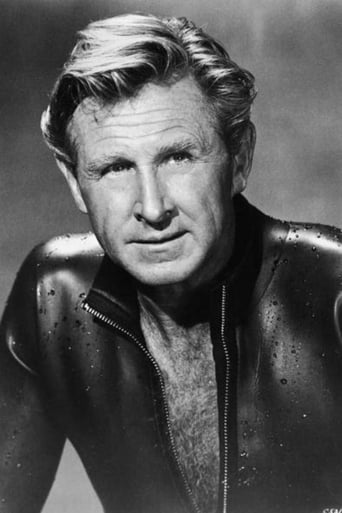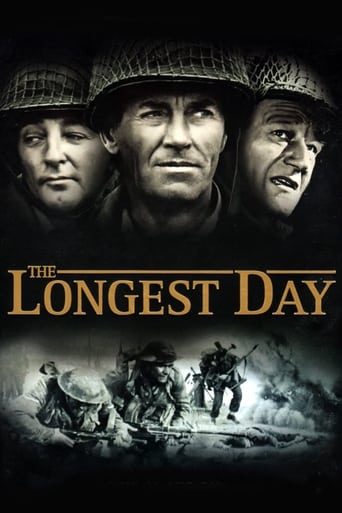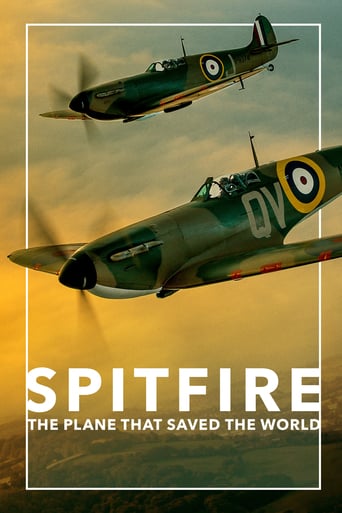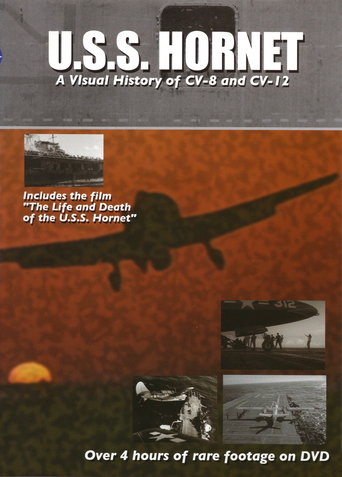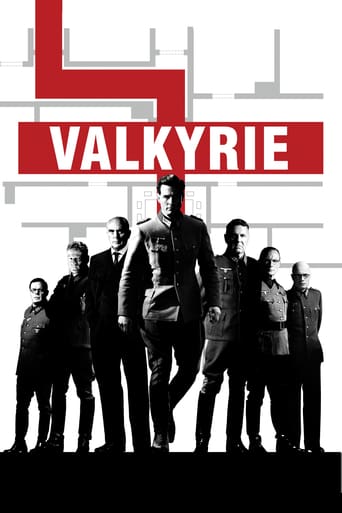Thunderbolt (1947)
Documentary about the U.S. Air Force's P-47 Thunderbolt bomber's role in the Italian Campaign.
Watch Trailer
Cast


Similar titles
Reviews
Very Cool!!!
Excellent adaptation.
It’s not bad or unwatchable but despite the amplitude of the spectacle, the end result is underwhelming.
This is one of the best movies I’ve seen in a very long time. You have to go and see this on the big screen.
William Wyler began work on this film during 1944 as a counterpoint to his better-known film about the 8th Air Force, "Memphis Belle". While the latter concerned the strategic bombing campaign carried out by long-range, multi-engine bombers, the subject of "Thunderbolt" was tactical missions flown by single-engine, single-seat fighter-bombers. This was a very different war from that depicted in "Memphis Belle". For one thing, while strategic bomber crews could expect to be rotated home after completing 25 missions, the fighter-bomber pilots were flying literally hundreds of missions, frequently carrying out several during the course of a single day. The film chronicles a brief period with one of several fighter-bomber groups based on the island of Corsica, about 60 miles west of the Italian mainland. Incidentally, this was the same island where Joseph Heller was based, and which inspired him to write his famous novel, "Catch-22". The only difference is that "Thunderbolt" was not filmed with a Medium Bomber Group, such as Heller served in, but with a Fighter-Bomber Group. The fighter-bombers featured in the film are P-47s, to which the Army Air Force gave the emotive name of "Thunderbolt". However, to those who flew them, the P-47 was invariably known as "The Jug", partly due to it's rotund shape, but more especially as a contraction of the word "Juggernaut". For a Juggernaut was precisely what the P-47 was. The Jug was the largest single-seat fighter to serve during WW-II. It carried eight 12.7-mm machine guns along with a heavy load of bombs or rockets, and was capable of bringing it's pilot home after absorbing a considerable amount of battle damage. Unlike any other fighters of that time the Jug had an air-cooled engine, which meant that it's pilot did not have to worry about a liquid cooling system that was vulnerable to damage from enemy fire. Because of those characteristics the Jug came into it's own in the sort of low-level ground-attack missions shown in "Thunderbolt". In fact years later, when they began flying similar ground attack missions in Korea, a lot of veteran pilots regretted the fact that the Air Force had seen fit to scrap all of it's Jugs after WW-II ended."Thunderbolt" does not glamorize the lives of these fighter-bomber personnel. The narration is as terse as the subject matter. It was a brutal war, and that brutality is not watered down. To the men of the Fighter-Bomber Group this was merely a day-to-day job, with the difference that the working men shown in the film did not always live to see the next day. However, the film does go out of it's way to explain exactly what it was that they were trying to accomplish, and why it mattered. It is interesting to reflect that The Big Picture was something many of the members of the Fighter-Bomber Group probably did not entirely understand at the time. In short, these aircraft were engaged in cutting Italian road and rail communications in order to prevent the movement of war material to the German Army, so that the Allied Armies could break the stalemate in the mountains of Southern Italy. The mere fact that the stalemate was broken is proof of how effective the air campaign shown in the film actually was.
This film is introduced by Jimmy Stewart and part of the narration is provided by Lloyd Bridges. It shows the duties of a fighter group-- P-47 pilots whose job it is to blow the crap out of railroads, roads and targets of opportunity in order to choke off supplies to German troops in Southern Italy."Thunderbolt" was made in 1944 or 1945 (the film says 1944 and IMDb says '45) but it wasn't released until 1947. You can actually tell it wasn't released during the war because some aspects of this documentary probably wouldn't have done a lot to stir up the folks at home with patriotic zeal. This is because the documentary shows a few things that might have discouraged the audiences--such as one of the American planes crashing and killing the pilot. Also, there were quite a few VERY grisly corpses--things that I doubt that they would have wanted to show civilians. For the most part, films shown to the public were pretty sanitized...and this one wasn't. Now this is NOT a complaint- -in fact it makes this a much better and more realistic film. My only complaint about the film is the terrible quality of all the color footage. It's very degraded and muddy and could use conservation.
Thunderbolt (1947) *** (out of 4) WW2 documentary directed by John Sturges and William Wyler with an added introduction from James Stewart. The documentary covers the P-47 Thunderbolt pilots whose mission was to knock out all the train tracks and bridges throughout Corsica, Italy so that the German's couldn't get any supplies. Sturges and Wyler put twelve different cameras on the planes so there's a lot of terrific ariel footage of the bombings, which is quite impressive. I don't think the documentary plays out too well today because we see things getting bombed even though the pilots aren't sure if it's the Germans or perhaps civilians. There's also some footage of what the pilots do when they're not working but the documentary ends on a downnote as some of the men in the crew never made it back home. The film's biggest problem is the narration, which is so slow that it can't keep up with all the action going on in the movie. Lloyd Bridges provides the voice of one of the pilots.
Often times film making from the war slips into propaganda and flag waving. This film instead shows the cold hard truth of a fighter group working out of Corsica in 1944. The personal, humanized glimpses of real men instead of lantern jawed actors as they go on about their days, living their daily lives worrying about who won't come back. The shooting style is from on board cameras from several points on the planes and shows so many real mission realities from a normal fighter sweep over Italy including coldly shooting up innocent farmhouses in search of one that's not so innocent and plowing any thing that moves in the daylight.At some point as you watch this you go through so many emotions from the shock of realizing just how young these pilots are to being mystified about how they can be so cold as they light up the Italian country side to a sad understanding as director William Wyler shows you what would never be shown in a Frank Capra's "Why We Fight" movies, the charred body of a Jug pilot being pulled from the burning wreckage of his fighter with a hook. The end scene of the pilots and crews falling over drunk makes complete sense.This film is much more poignant than Wyler's later film "Memphis Belle" which while good shows the touch of war time censors. Released in 1945, after the war in Europe was over, "Thunderbolt" drives home the very humancosts of war.

